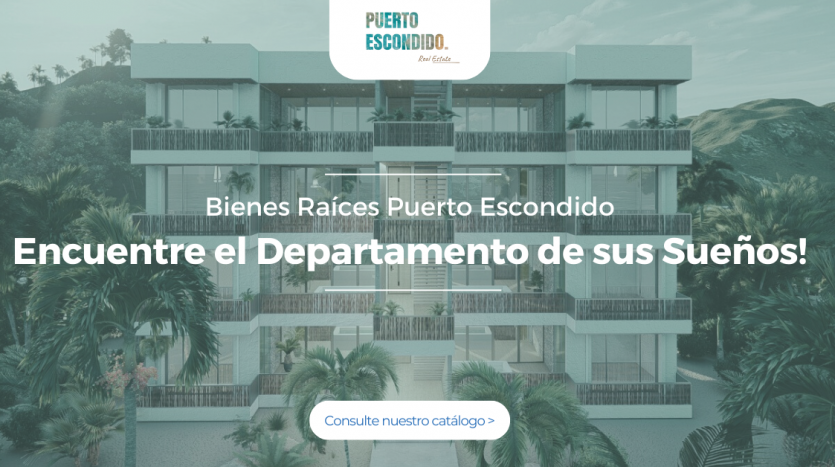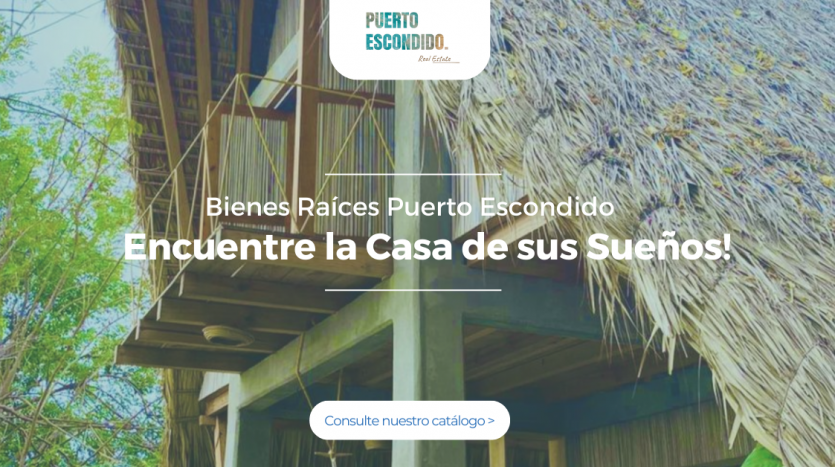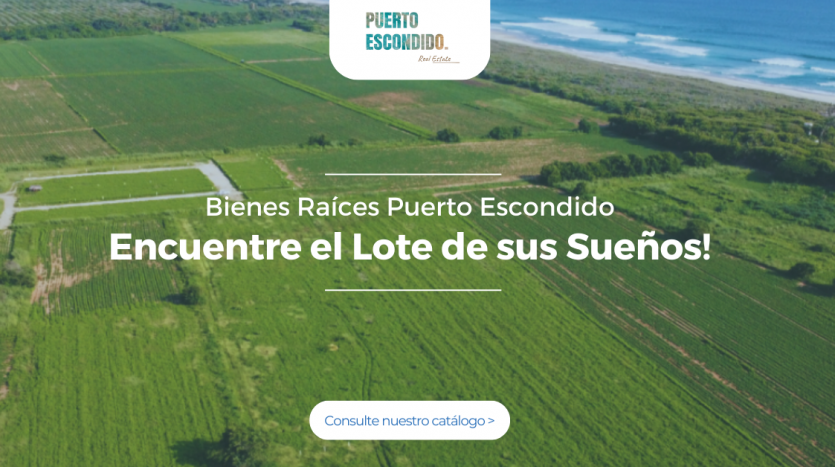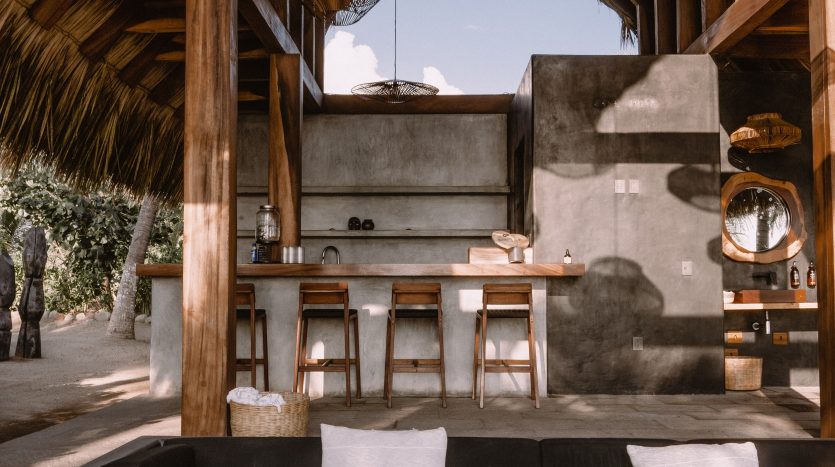The Evolution of Mexican Coastal Architecture Over the Years
An authentic testament to the vibrant culture and history of Mexico, Mexican coastal architecture presents a unique blend of indigenous and foreign influences, reflecting the country’s rich blend of cultures. Over the years, it stands as a witness to the changes and evolutions in architectural tastes and styles, influenced by various socio-political factors.
Overview of Mexican Architecture
The Pre-colonial and Colonial Periods
Nestled between the Caribbean Sea and the Pacific Ocean, with miles of beaches, ancient ruins, and bustling cities, Mexico’s architectural evolution is fascinating. It started from the intricate designs of The Mayans and Aztecs, which were then fused with Spanish colonial architecture, creating a unique blend of style and form.
Emergence of Modern Design
Over the centuries, as Mexico opened itself to the world, so did its architecture. The colonial structures paved the way for modernist designs, influenced by both international styles and native traditions. Today, you find an amalgamation of the past and present, old and new structures coexisting in a harmonious landscape.
Importance and Unique Features of Coastal Architecture
Coastal Construction in Mexico
Understanding the unique geographical layout of coastal areas gave rise to the development of a distinct architectural style known as Mexican coastal architecture. The design takes into account the environment, climate and local resources, creating structures that blend seamlessly with the natural surroundings.
Early Mexican Coastal Architecture
The tale of Mexican coastal architecture begins with a combination of various constructions styles, rooted in the culture and traditions of the indigenous civilizations and later intertwined with Spanish influence.
Influence of Indigenous Cultures
Mexican architecture has long drawn from its indigenous cultures, who built amazing cities and structures with stunning precision and symbolism. The “Designs of Mexican coast” owe much to these ancient civilizations. The traits of these indigenous cultures can be seen in “Mexican coastal building styles” in the form of complex geometric patterns and the use of local materials. An appreciation for nature can be seen in the “tropical Mexican buildings” that often incorporate nature into their designs. The Mayans revered the sea, which is evident in their beachfront designs found notably in Tulum. This “Mexican beachfront design” is highly contextual – reflecting the landscape, climate, and materials available.
Impact of Spanish Colonial Rule
With the arrival of Spanish settlers, a significant shift was witnessed in the style of coastal architecture. Spanish influence introduced European aesthetics to the pre-existing indigenous design, generating “traditional Mexican seaside homes” with details reminiscent of Spanish villas. “Mexican Riviera architecture,” a term used to describe the Spanish-style architecture, can still be seen in several coastal towns such as Puerto Vallarta. The Spanish influence is highly evident in the “Mexican coastal home design” that includes the signature terracotta roofs, inward-facing layouts, interior courtyards, ironwork, and ornate tile work.
Transition Period in Mexican Coastal Architecture
The evolving narrative of Mexican coastal architecture didn’t stop with the fusion of indigenous and Spanish influences. The advent of modern building techniques, coupled with a global architectural movement, ushered in a new era for coastal constructions in Mexico.
Introduction of Modern Building Techniques
Time and technology brought about significant changes in the way “Coastal construction in Mexico” was approached. Builders started experimenting with new materials, introducing concrete and glass into the traditional “Mexican beach architecture”. This modern approach led to a transformation in the “architecture of the Mexican coast”. The use of local materials continued, but the design aesthetics shifted to reflect a more minimalist and contemporary visual language. Despite the changes, architects sought to maintain a strong connection with the environment, creating “tropical designs in Mexico” that work with the climate and landscape rather than against it.
Confluence of Local Aesthetics and International Styles
The evolution of “Mexican seaside architecture” saw harmonization of local aesthetics with international styles. Designers incorporated international design concepts while ensuring the structures blended with the natural surroundings, resulting in unique “Mexican coastal building styles”. The emergence of “Beach houses in Mexico” created a fusion of the worldly modern with the local. Architects drew on influences from contemporary European and North American designs, incorporating sleek lines, open layouts, and expansive glass windows, all the while maintaining the sense of connection to the local environment characteristic of traditional “Mexican coastal villa architecture”. This period was a testament to the adaptability and flexibility of the Mexican architectural ethos, forging a path that would further shape the “Mexican coastal home design”.
Contemporary Mexican Coastal Architecture
The architectural journey of Mexico continues to evolve with a clear focus on integrating environmentally friendly practices and hoisting its global appeal. Today’s Mexican coastal architecture is a blend of rich history, art, and modern building techniques, showcasing a diverse and exciting panorama of styles and concepts.
Focus on Environmentally Friendly Practices
Contemporary “architecture of the Mexican coast” demonstrates a shift towards sustainability and green building practices. The “Mexican beachfront design” has adapted to incorporate renewable materials, natural ventilation, and integration of renewable energy sources. Traditional “Mexican coastal building styles” have blended seamlessly with eco-conscious design, giving a new dimension to the “Mexican beach architecture.” Solar panels, water recycling systems, and green roofs are now commonplace; seen as essential components rather than luxury additions in the “Coastal construction in Mexico”. This sustainable approach aims to reduce the environmental impact and improve the longevity and resilience of the structures.
Appeal and Influence of Mexican Coastal Architecture Globally
These evolutionary steps have ensured that the “Mexican coastal villa architecture” holds prominent influence and appeal on a global scale. The unique aesthetic of “Mexican seaside architecture” is widely appreciated and has inspired architects around the world. From private “beach houses in Mexico” to public “Mexican coastline structures”, the unique blend of history, local materials, modern ingenuity, and environmental consideration that it offers is attracting global attention. Its success on the world stage stands as an acknowledgment of Mexico’s deep reverence for its roots and its forward-thinking design approach. This balance of tradition and innovation continues to shape its architectural narrative, making “Mexican coastal home design” a benchmark in the world of architecture.
Coastal Architecture in Puerto Escondido: an example for evolution
Coastal Architecture in Puerto Escondido exemplifies a dynamic evolution. Infused with indigenous and Spanish influences, it harmonizes with nature. From traditional styles to modern designs, it reflects adaptability and sustainability. This fusion stands as a testament to Puerto Escondido’s architectural journey and its global influence.
Notable examples include the iconic Casa Wabi and the eco-conscious Punta Mar development. This synthesis stands as a testament to Puerto Escondido’s design properties journey and its global influence.
Final Reflections
Undeniably, the chronological
evolution of Mexican coastal architecture reveals an enchanting tapestry of cultural, historical, and environmental influences, each contributing to its unique allure. But what can we infer from this journey, and how might it shape future trends?
Analysis of Evolution and Its Impact on Mexican society
The compelling story of Mexican coastal architecture has profoundly impacted the country’s societal constructs, stirring immense domestic and international appreciation for its unique architectural styles. Its journey from the original “traditional Mexican seaside homes” to the contemporary “beach houses in Mexico”, is emblematic of the nation’s capacity to evolve while preserving its vibrant culture. This progression does not merely denote shifts in aesthetic preferences or technical capabilities, but represents significant societal developments: local tradition blending with international influences, embracing modernity while respecting antiquity, and moving towards sustainable practices, embodying the essence of Mexican society itself.
Speculation on Future Trends in Mexican Coastal Architecture
Moving forward, it is anticipated that Mexican coastal architecture will continue to evolve, blending traditional elements with superior, eco-friendly technologies. The transition to sustainable building practices is likely to accelerate, aiming to preserve Mexico’s picturesque coastal areas. The incorporation of advanced “coastal construction in Mexico” methods will undoubtedly continue, as will the global influence of the “architecture of the Mexican coast”. The powerful blend of historical richness and progressive innovation in Mexican coastal architecture suggests a bright and exciting future, providing a blueprint not just for “Mexican coastal villa architecture”, but for global architectural practices seeking to balance cultural essence with modern demands.































